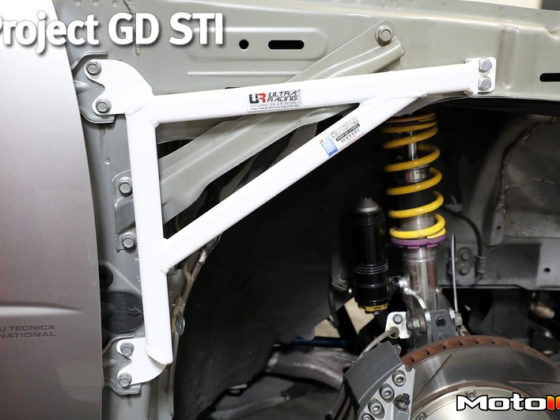,

Running lean means excess air and air is composed of around 70% nitrogen. So with the excess air, you get excess NOx emissions. The thing is, NOx is pretty much only formed by very hot temperatures. If you avoid high combustion temperatures, you avoid generating NOx. EGR systems reduce NOx formation by recirculating already burnt exhaust gasses into the cylinder. During combustion, the EGR gas doesn’t react, it just acts as a thermal mass and absorbs heat which reduces the combustion temperature and therefore reduces NOx formation. HCCI avoids NOx generation because it has a lower combustion temperature. Spark ignition and diesel both have a flame that starts at the ignition source and propagates outwards. That flame burns the fuel in the cylinder and you get very high temperatures within the flame which creates the NOx. In HCCI, the whole homogenous air:fuel enchilada mix pretty much goes off at once. No flame front, no hot flame temps, no NOx. Of course, because HCCI burns very quickly, it creates a big and fast pressure rise similar to diesel.


To get the whole mixture to ignite, the mixture has to get to a specific temperature range. Too cold, and it won’t ignite. One of the issues with a pure HCCI engine is cold start because the cylinder walls are cold, which absorb a lot of heat and therefore the mixture does not ignite. Hence part of the reason why this Skyactiv-X can also still operate in spark ignition mode. If the air is itself cold, then it has to be heated up more to get the mixture to combust; for example, running the engine when it’s freezing outside versus a hot summer day in the desert. Regardless of the ambient conditions, the air:fuel mixture has to reach a specific temperature range in order to ignite. So how do you make sure you always get to the appropriate temperature? One way would be to constantly adjust the compression ratio.
Remember from the ideal gas law, the more you compress a fixed mass of gas, the hotter it gets. So if it’s relatively cold out, one would need to increase the compression ratio. Conversely, if everything is relatively hot, one would want to reduce the compression ratio. If the compression ratio where kept the same, the mixture would ignite while the piston where still moving up which would cause kinds of things to break. So the ignition timing of a HCCI engine could be controlled by adjusting the compression ratio. The compression ratio would have to be continually adjusted for all temperature ranges, ambient air pressure (elevation), and engine speeds among other variables such as air:fuel ratio and EGR rate. HCCI engines have been made to work before but only over a narrow operating range. Mazda has figured out a way to use HCCI over a greater range.
So now we go back a few decades when Mazda was working on their Miller Cycle engine with the goal to have good power while giving good efficiency. It also happened to give them a method to adjust compression ratio. Miller cycle is similar to the Atkinson where the intake valve is closed significantly away from piston bottom dead center; basically, Miller cycle is the same as Atkinson cycle but forced induction is added.
A quickie review of Miller/Atkinson cycle: they have a longer expansion stroke compared to the length of the intake stroke in order to extract more work from the burnt fuel and air before dumping them out the exhaust and therefore increase efficiency. They get the difference in stroke length by shortening the intake stroke.
Traditionally, the intake valve is closed while the piston is moving back up after the intake stroke. No compression occurs until the intake valve closes; therefore the compression ratio is reduced relative to the geometric compression ratio. A new technique used with modern diesels is to close the intake valve early, while the piston is still moving down. Once the intake valve closes, the mass of air in the piston gets expanded as the piston continues moving down which drops the temperature of the air mass helping to reduce NOx. Let’s pretend we have an engine with a stroke of 80mm and a compression ratio of 16:1. If the intake valve doesn’t close until the piston has moved up 20mm, there’s only compression during the remaining 60mm of stroke which reduces compression ratio to 11.25:1. The closer to piston BDC (bottom dead center) the intake valve closes, the higher the compression ratio and vice versa. So the variable valve timing that enables Miller cycle gives Mazda the ability to adjust compression ratio.




